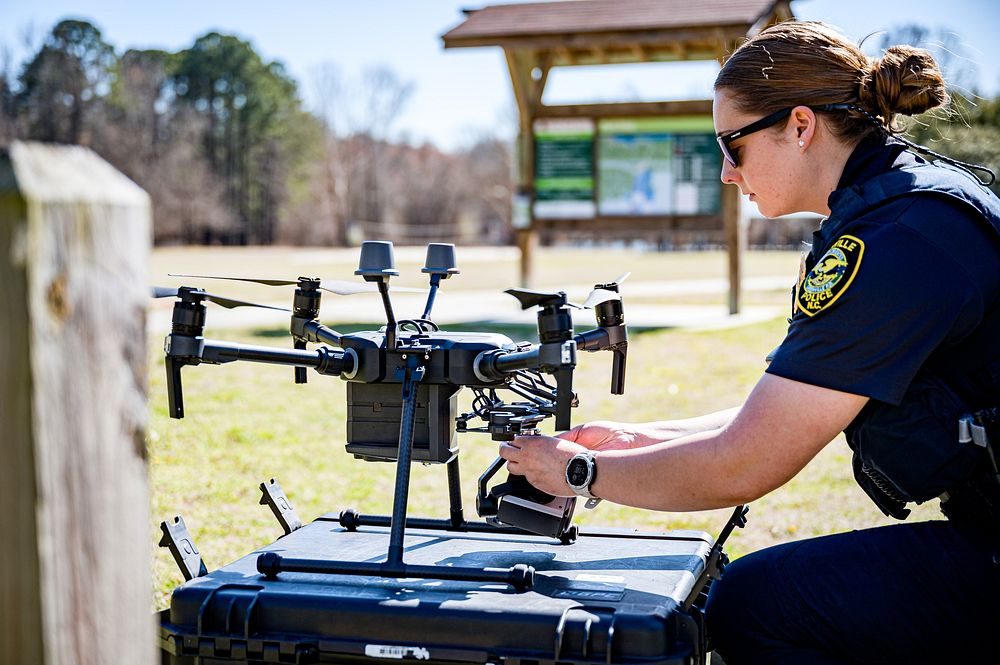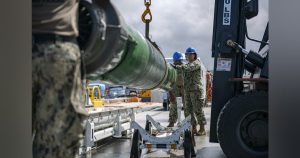FAA Panel at National Public Safety UAS Conference Highlights New Waivers and Process Enhancements
At the recent National Public Safety UAS Conference, organized by DRONERESPONDERS, key FAA officials shared vital updates regarding innovative waivers, improved regulatory processes, and strategies aimed at enhancing airspace accessibility for drone operations in public safety.
The panel discussion, overseen by Michelle Duquette, an esteemed figure in the UAS sector from MITRE Corporation, saw contributions from Tim Arel, COO of FAA Air Traffic Control; John Meehan, Air Safety Analyst; and Kerry Fleming, Director of the FAA’s Systems Operation Support Center (SOSC).
Public Safety Waivers Simplifying Airspace Access
FAA representatives described a streamlined waiver process specifically for public safety organizations operating under Part 107. The Public Safety Organization Shielded Operations Waiver opens up opportunities for agencies to perform essential drone missions with diminished operational restrictions, allowing:
- Beyond Visual Line of Sight (BVLOS) operations within one statute mile of the Remote Pilot in Command (RPIC) without needing visual observers.
- Flight over people and moving vehicles under designated circumstances.
- Operations in Class G airspace, with prospects for utilizing controlled airspace through the Special Government Interest (SGI) process.
Shielded operations are defined as drone flights at low altitudes near obstacles like buildings or trees, which provide a natural barrier between the drone and piloted aircraft, helping to lower collision risks.
To be eligible, drone operators must equip their crafts with certain apparatuses such as anti-collision lights, propeller guards, or parachute recovery systems. Meehan highlighted the continued risk of drone collisions with manned aircraft, emphasizing the importance of enhancing visibility. This expedited waiver process is particularly advantageous for volunteer fire departments and search-and-rescue teams that do not meet Public Aircraft Operations (PAO) criteria under Part 91.
Part 91 Waivers: Broadening Public Safety Operations
The FAA also unveiled a new waiver under Part 91 (Sections 113 and 119) designed for public safety organizations, which ties an airspace authorization to enable broader access for qualified agencies.
Agencies must satisfy two regulatory prerequisites:
- Public Aircraft Operations (PAO) Status – Meeting criteria as a governmental body as per 49 USC 40102(a)(41).
- Alignment with the FAA’s definition of a public safety organization outlined in the FAA Reauthorization Act.
In contrast to the Shielded Operations Waiver, which applies to volunteer or non-PAO operators, the Part 91 waiver facilitates greater airspace access for law enforcement, fire services, and emergency management entities.
Improved COA Processing Times, Yet Challenges Persist
Meehan and Fleming addressed longstanding issues regarding the Certificate of Authorization (COA) process, which has traditionally been cumbersome. Although certain public safety COAs, such as Drone as First Responder (DFR) programs, continue to face extensive reviews, regular COA processing times have considerably improved:
- Previously spanning months, many COAs are now being processed within six weeks.
- The Shielded Operations Waiver can be approved in as little as one to two weeks if applications meet the prescribed criteria.
FAA officials indicated that delays often arise due to incomplete applications. Resources, including a step-by-step guide from DRONERESPONDERS, have been made available to assist agencies in navigating the waiver and COA processes.
The Importance of Standardized Communication
Throughout the session, both Duquette and FAA officials pointed to the necessity for clear terminology and structured application formats to enhance approval processes.
Arel stated, “Effective, standardized communication is crucial for expediting approvals. We aim to clarify the specific requirements for successful waiver requests, minimizing delays due to misunderstandings.” He stressed the significance of thorough safety assessments and risk mitigations when granting new operational capabilities.
Mass Gathering TFRs: A Novel Public Safety Resource
Fleming introduced a new category of Temporary Flight Restrictions (TFRs) established by Congress in the recent FAA Reauthorization Act, specifically addressing mass gatherings. Different from security or air show TFRs, this category pertains to large public events and provides organizers with the ability to impose temporary drone restrictions.
Even though the mass gathering TFR offers additional protection for event organizers, public safety agencies can still utilize access through the SGI process. Agencies engaging with major events like concerts or sporting events should become acquainted with the new TFR regulations to ensure readiness for operations. Effective communication among all authorized airspace users is paramount for cohesive operations.
Aiming for Automation and Quicker Approvals
Looking into the future, the FAA panel acknowledged the necessity of automation in waiver processing while highlighting that human oversight remains critical due to the complexities inherent in airspace operations.
The FAA continues to advance towards more efficient, technology-enhanced solutions while upholding stringent safety standards. Agency representatives encourage public safety organizations to collaborate with the SOSC and utilize available resources to navigate the shifting regulatory landscape.
The FAA’s revelations at the National Public Safety UAS Conference represent a commitment to improving drone operations for public safety agencies. The introduction of accelerated waivers, reduced COA processing times, and innovative airspace management resources marks a shift towards more accessible and efficient operation. Agencies must remain engaged, communicate effectively, and utilize available guidance to maximize their operational capabilities.
As the regulatory frameworks evolve, ongoing partnerships between public safety agencies and the FAA will be vital in ensuring safe, efficient, and timely UAS deployments for both emergency and routine operations.
For daily updates from DRONELIFE, sign up for our newsletter here.













